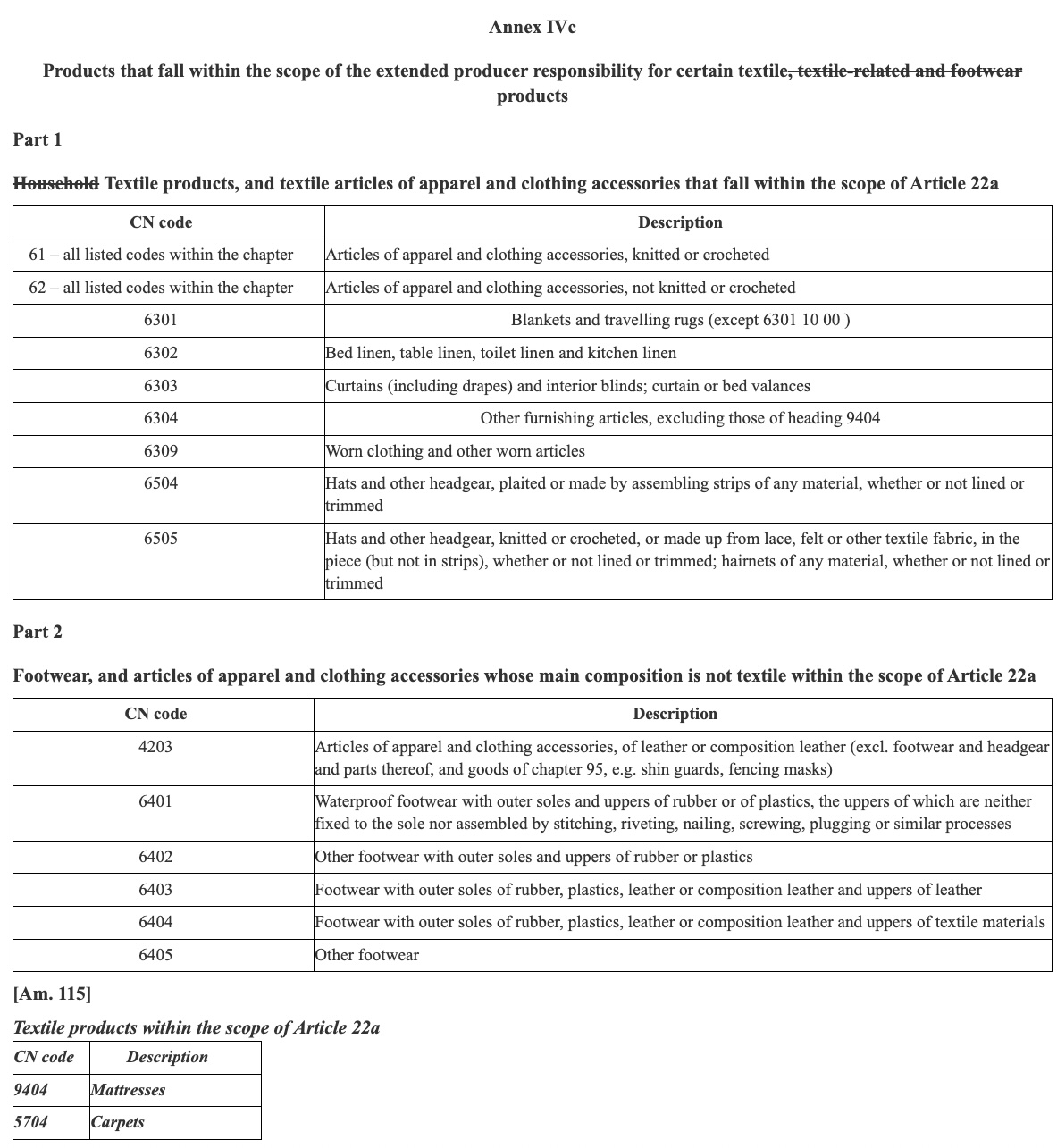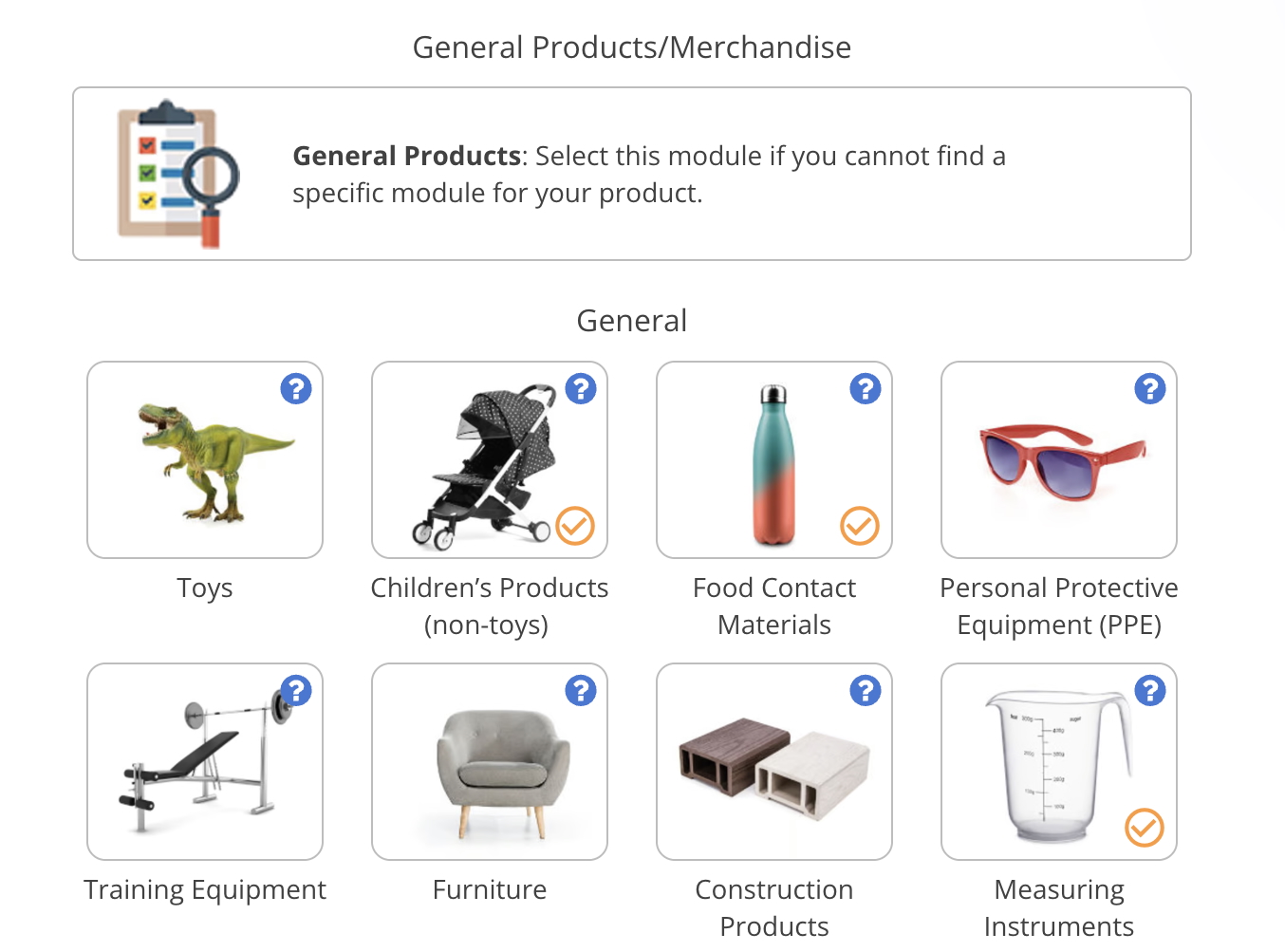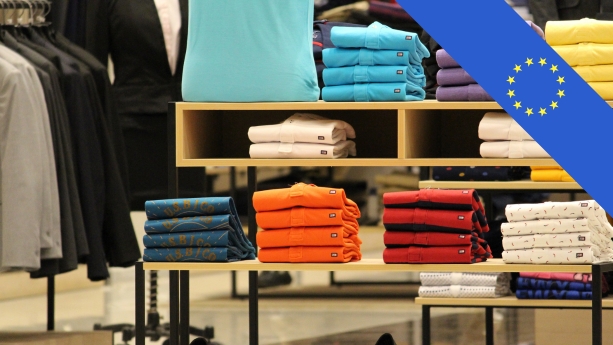
Companies selling certain textile products in the European Union will be required to register with EPR schemes and contribute to the costs of collecting and recycling textile waste. In this guide, we piece together information from the amendment text and statements from the European Union.
Note that this guide will be continuously updated.
Content Overview

FREE CONSULTATION CALL (30 MIN)
 Ask questions about compliance requirements
Ask questions about compliance requirements Countries/markets:
Countries/markets:
 Learn how we can help your business
Learn how we can help your business
You will speak with:Ivan Malloci or John Vinod Khiatani
EU Waste Framework Directive
The new textiles EPR requirements are part of an amendment to the existing Waste Framework Directive. In short, the new amendment will require EU member states to establish textile collection and recycling schemes, while companies selling covered products must cover the collection and recycling costs.
Covered Products
The following textile products have been mentioned in the context of the new textile EPR requirements:
- Clothing and accessories
- Blankets
- Bed linen
- Curtains
- Hats
- Footwear
- Mattresses
- Carpets
- Products containing leather, composition leather, rubber or plastic (and other textile-related materials).
The amendment also contains an Annex listing CN codes and products:
Covered Entities
The amendment mentions the following entities:
- Manufacturers
- Importers
- Distributors
- Other natural or legal persons
It is also stated that the textile EPR requirements apply both to companies in the EU and non-EU companies selling products to the EU.
For example, this likely means that Amazon sellers in the US, UK and China who sell textiles to consumers in the EU must comply with the new textile EPR requirements.
Textile EPR Requirements
Producers will be required to pay for the cost of collection, sorting and recycling textile waste.
If this works like packaging EPR does today, then it is likely that companies selling textiles in the EU will be required to:
a. Register with a textile EPR scheme in an EU member state where they are selling textiles
b. Report the sold quantities per product type (defined by CN code)
c. The producer pays a sum based on the reported volumes and type of textile product
FAQ
Will the textile EPR requirements apply to small businesses?
Yes, the textile EPR requirements will likely apply to small businesses as well. It is stated that “micro enterprises” will be granted an extra year to comply with the new requirements.
This indicates that small businesses are covered.
Will Amazon sellers need to comply with textile EPR requirements?
Yes, e-commerce companies, regardless of their location, will be required to comply. It is likely that this will also be enforced by Amazon.
How much will textile EPR cost?
The fees will be set by the national textile EPR schemes. It is likely that the costs will differ between EU member states, as the costs to collect and recycle textiles differ between individual countries.
Where can we register for textile EPR?
The textile EPR schemes are yet to be established. However, companies like Refashion in France already provide producer responsibility solutions for the textile industry.
Will textile companies need to register in each EU member state where they sell?
Yes, the rules and infrastructure for textile waste management are to be established on a national level. This is also the case for packaging EPR today, where member states have their own registration portals and where waste volumes are reported nationally.
That said, there may be volume thresholds or other criteria that impact when textile EPR requirements apply in a certain member state.
Can we register with a single textile EPR scheme provider covering the entire EU?
It is unlikely that a single textile producer responsibility organisation can cover all EU member states. However, there will likely be service providers that can.
What is the deadline for textile EPR registration?
EU member states must establish textile EPR schemes within 30 months from the date that the amendment enters into force. Beyond that, it is stated that “micro enterprises” will have an additional 12 months.
Timeline
1. Textile EPR amendment enters into force on the twentieth day following that of its publication in the Official Journal of the European Union.
2. EPR schemes must be established by EU member states within 30 months once the directive has entered into force
3. Micro enterprises are granted an additional 12 months
Assuming the amendment comes into force in 2025, this would mean that the textile EPR schemes will be established in 2028 or earlier.
Which companies provide textile EPR solutions in the EU?
Refashion in France is one example of companies providing textile EPR solutions in the European Union. We will compile a detailed list for textile EPR companies in the EU at a later date.

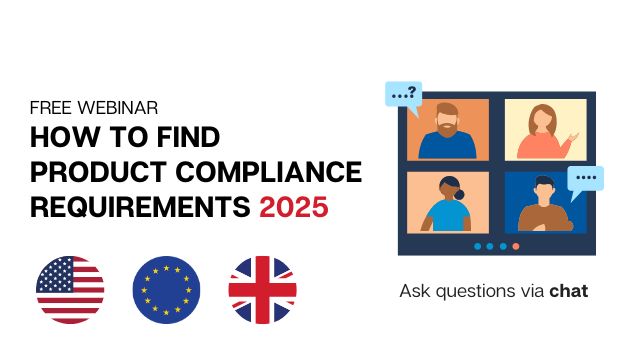
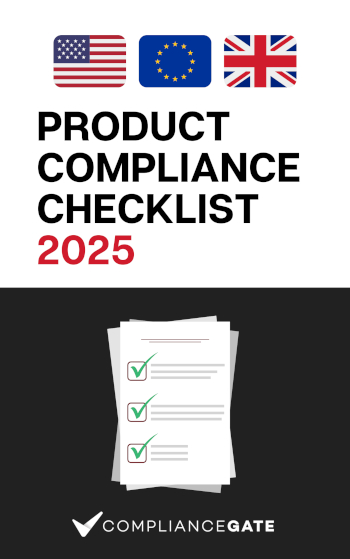




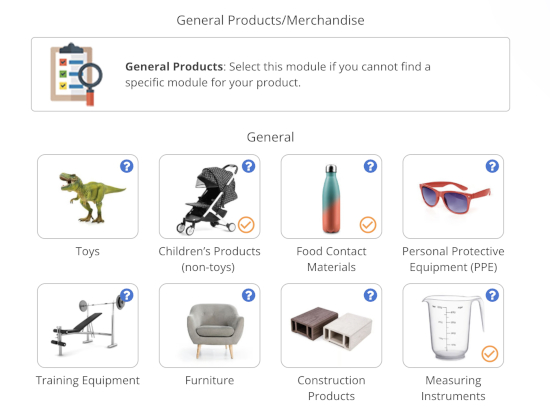






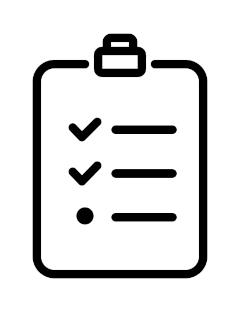


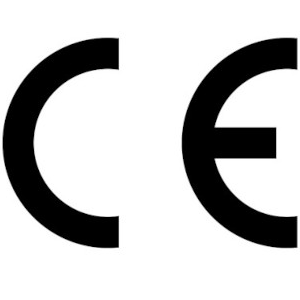




.png)
.png)
.png)
